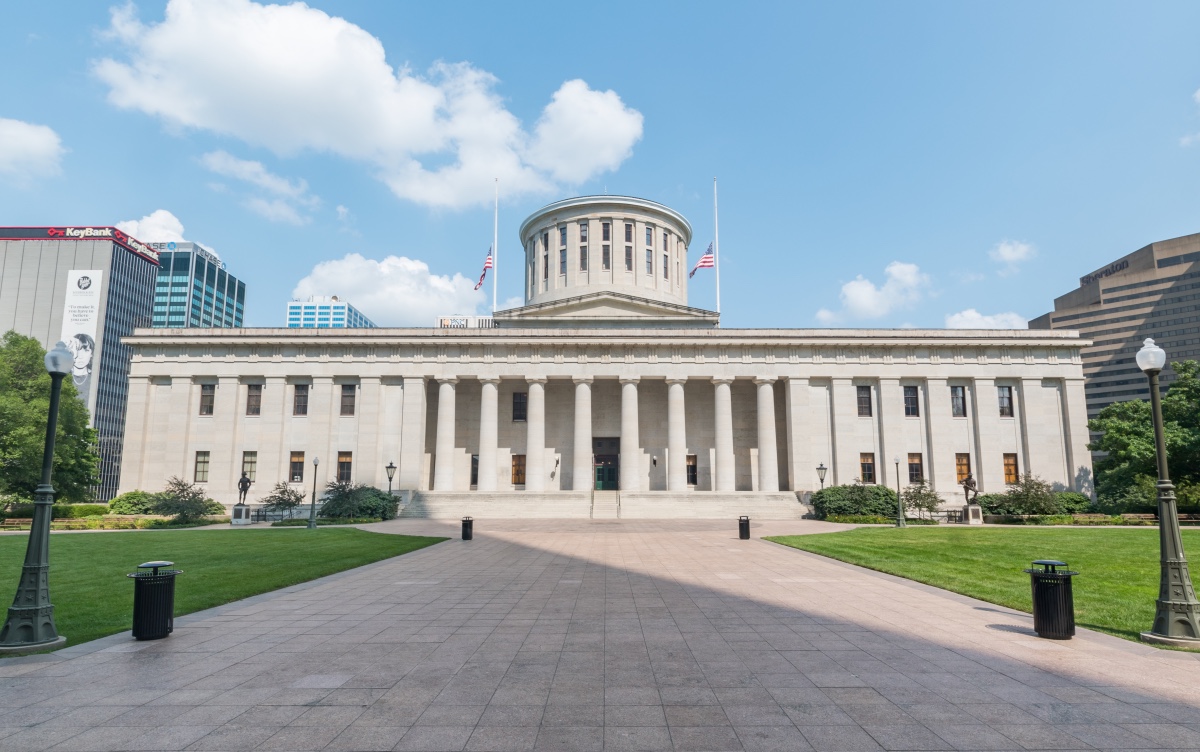Stimulus, Stimulus and Stimulus
by Zaid Aleem
Americans nationwide have began receiving their stimulus checks. President Joe Biden signed his sweeping $1.9 trillion Covid-19 economic relief package into law on March 11. He had originally been expected to sign it on March 12, according to CNN. Congress passed the relief package, which has been Biden’s first and most pressing legislative priority since taking office in January, on March 10.
The package includes up to $1,400 per person in stimulus grants that would reach about 90% of families, a $300 federal increase to weekly unemployment insurance, a $3,600 per child extension of the child tax credit, and $350 billion in state and local funding to help small businesses hit hard by the pandemic as well as vaccine research, growth, and delivery. Additionally, billions of dollars are set aside for K-12 schools to help students return to the classroom. Some provisions are made for vaccine distribution as well.
Families get an additional $1,400 per child. A married couple with two children, for example, could receive up to $5,600. The full amount goes to individuals earning less than $75,000 of adjusted gross income, heads of households (like single parents) earning less than $112,500 and married couples earning less than $150,000. But then the payments phase out as income goes up — faster than previous stimulus payments.
The bill, unlike Biden’s original plan, would not reinstate required compensated family and sick leave, which was accepted in a previous Covid relief package. However, after October 1, it will continue to grant tax refunds to employees who willingly want to provide the incentive.
The package will make federal premium subsidies for Affordable Care Act policies more generous and would eliminate the maximum income cap for two years. The bills will bolster subsidies for lower-income enrollees, eliminating their premiums completely for two years and will do the same for those collecting unemployment benefits in 2021.




















2021
3,003 views
views
0
comments